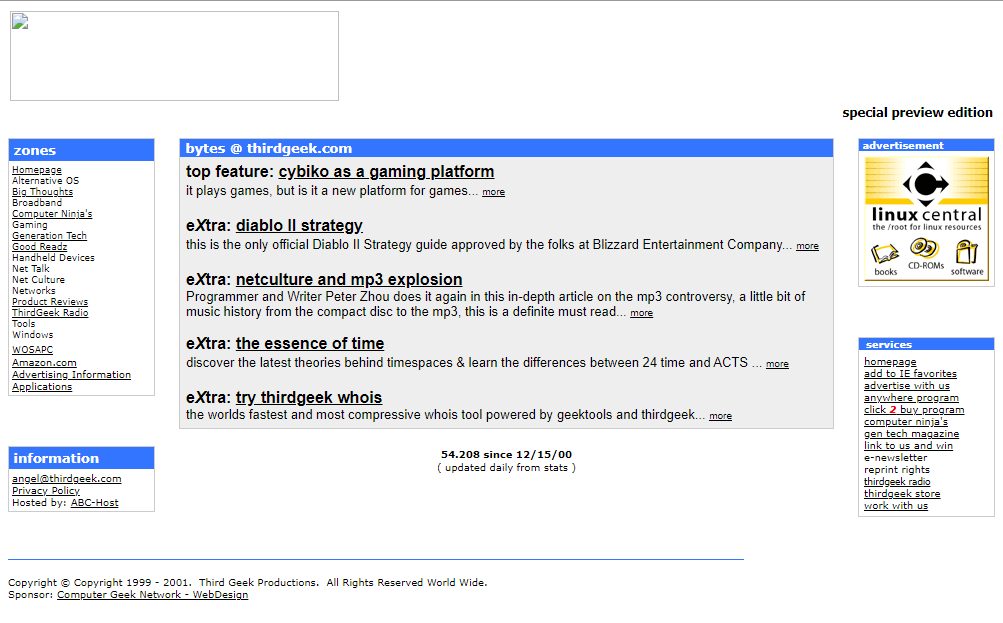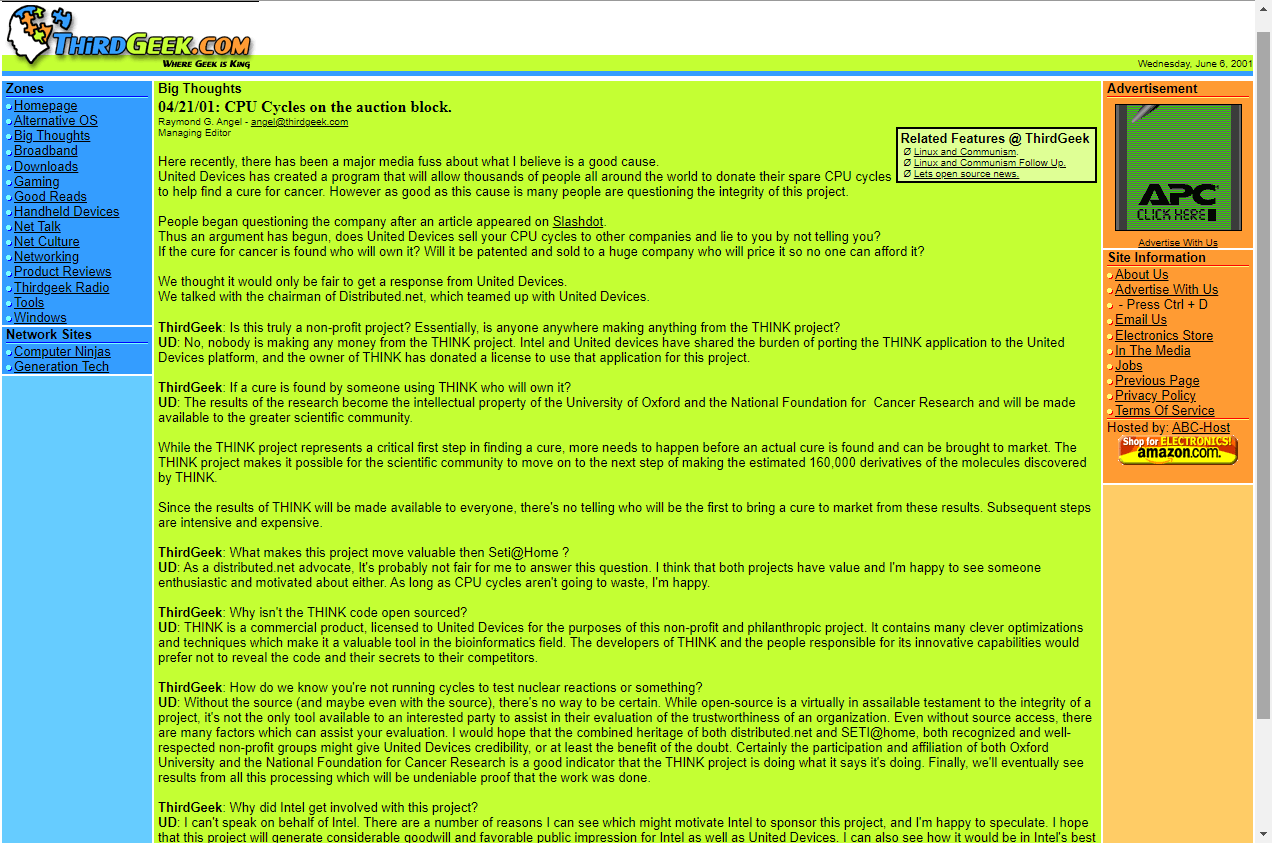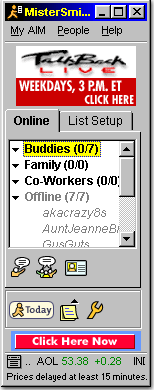
Teen Entrepreneurship Unleashed: How I Built a Product Review Empire at 14
As a kid, I was obsessed with computer books, but they were some of the priciest items on the market for someone my age. Unfortunately, my family had relocated to a rural area with a smaller library that didn’t stock the books I craved, and the internet was painfully slow due to our remote location.
Realizing that my parents couldn’t afford to buy me all the expensive computer books I desired, I became determined to find a solution. At my age, I wasn’t eligible for a work permit, which meant traditional avenues of earning money were out of reach.
Despite my age, I had already dabbled in entrepreneurship through various computer projects in elementary school. However, I hadn’t yet delved into anything with significant scalability or profit potential.
I noticed a gap in the online book review space: while there were plenty of websites covering popular genres, few focused on the technical manuals I craved. Given their hefty price tags, I knew I had to find a way to access these books for free.
Coincidentally, many of the books I coveted were published by large companies with headquarters in my home state.
Recently, I scored a year of free web hosting from an email newsletter contest—a prize I hadn’t yet capitalized on as I lacked a domain to set up my account. Prior to this windfall, I had dabbled with various hosting services, from free providers to utilizing my ISP’s network for site hosting, all in exchange for my patronage.

With the opportunity at hand, I seized the moment to launch a new website. As a fervent fan of TechTV (formerly ZDTV), I religiously tuned in to shows like The Screensavers and Call for Help, both hosted by the iconic Leo Laporte. Growing up with access to a C-BAND satellite dish, I had cultivated a deep appreciation for the network and its programming. Through the station’s chat rooms, I had forged connections with fellow young viewers across the country.
Inspired by the camaraderie and creativity of my friends who had already built fan websites for various shows and the network itself, I saw an opportunity to collaborate and potentially reap rewards.
After a few AOL Instant Messages, we settled on the name “ThirdGeek.” Inspired by the dynamic duo Kate Botello and Leo Laporte, who dubbed themselves the first and second geek on The Screensavers, we embraced the term “third geeks”—the resourceful viewers who often had solutions to tech problems. The name was catchy, memorable, and strategically advantageous; we anticipated that searches for “Third Geek” would lead users straight to our site.

In those early days of Google, site rankings depended heavily on the number and quality of inbound links. Armed with this knowledge, we knew that producing stellar content and cross-linking between our various websites would give us an edge. We also worked tirelessly to persuade others to link to our content.
With the name chosen and an admittedly crude design whipped up in Microsoft FrontPage, I set up the hosting service, and ThirdGeek made its debut. Our inaugural website showcased book and product reviews, along with some opinion pieces based on items I already owned.
Eager to monetize the site, I wasted no time applying for advertisement affiliate programs. Soon, ads adorned our pages, and I also signed up as an Amazon affiliate. While the Amazon program was new and required either a company or someone over 18 to participate, I navigated the legalities by setting up a business entity with the help of the Secretary of State’s office.
Becoming an Amazon affiliate wasn’t just about revenue—it also enhanced the user experience by providing direct links to the products and books we reviewed. Plus, it allowed us to use high-quality images from Amazon’s database, saving us the trouble of capturing our own.
It didn’t take long that the website started seeing a nice increase in traffic because we did well on Google and we had made efforts to link to our stories, reviews, and editorials on the other sites that myself and all of my other middle school and high school friends had been operating already.
Our journey began with a basic static site built using FrontPage server-side includes. However, as our ambitions grew, we recognized the need for a more robust publishing system. Having already experimented with heavily modified versions of the NewsPro software, we made the strategic decision to revamp the site entirely. Our goal was to enhance its professional appearance and transition to a content management system (CMS) that wouldn’t break the bank while enabling us to produce content more efficiently.

The implementation of the new content management system heralded a new era for our website. With individual logins and customizable templates for various story types, we could now make seamless modifications to the navigation and style of the site without the need for manual content duplication.
In those early days, before the widespread adoption of platforms like WordPress, our generated pages still relied on static HTML, albeit in the shtml file format. We swiftly onboarded each team member with their own email address and began developing internal systems to streamline our website operations.

Communication remained key, and AOL Instant Messenger remained our go-to platform for collaboration. Occasionally, I even utilized free online phone cards for phone calls—a subject I plan to delve into further in a future blog post. As our network expanded, we actively sought out peers our age to join us in propelling the site to new heights.
Around this time, I embarked on a mission to establish media contacts at major publishers, including those in my home state. With a desire to be included on their media and review lists, I began crafting professional-sounding emails, concealing my youth behind polished communication.
While my writing and grammar skills weren’t flawless, I poured my best effort into composing several emails to publishers whose books piqued my interest. Anticipation mounted as I awaited responses.
To my astonishment, replies flooded in within the next two days from all the publishers, expressing interest in our website and seeking further information about our endeavors. Soon after, several publishers confirmed our addition to their media lists.
Within days, parcels began arriving at my doorstep, filled with books and items of interest—all provided at no cost. The only condition was that I refrain from reselling the items not sent as review copies and that I provide a link to any published reviews or stories about the books.
I had a fairly good sense of the UPS truck’s arrival time each day, so I’d position myself by the window, eagerly awaiting the delivery of packages and swiftly bringing them indoors. Unlike my previous internet ventures, my parents were aware that I was engaged in some form of online business, although they were uncertain about the specifics.
As each day brought a fresh batch of packages, their curiosity piqued, prompting me to reveal the website to them. Initially, they didn’t seem particularly impressed.
However, their interest piqued when the first checks from the website’s advertisements and affiliate programs began arriving in the mail. It was then that they started to grasp the potential of my endeavors, although they still lacked a complete understanding of my online activities.
Before long, I found myself inundated with a surplus of books, software, and various tech products to review. Juggling these items became increasingly challenging, especially considering the substantial time investment required for thorough examinations—technical manuals, in particular, proved to be quite the tomes, often taking several days to digest fully.
Around this time, an opportunity arose to rendezvous with a teenage friend from a neighboring state who happened to be passing through my area with his dad. Eager to lighten my workload and fulfill our website’s obligations, we agreed to meet in person, allowing me to offload some of the excess inventory for further review.
After a series of discussions involving my parents and his, both parties agreed to the arrangement. With their blessings, I prepared to hand off some of the items, ensuring that our commitment to providing comprehensive reviews remained steadfast.

With our catchy slogan “Where Geek is King,” we embraced the notion that being a geek or a nerd was not just acceptable but celebrated. Our mantra reverberated throughout the digital landscape, drawing attention from all corners.
Our ascent to prominence was catapulted by coveted features on TechTV, where we were hailed as the “site of the day.” The resulting influx of traffic was nothing short of overwhelming, so much so that our web hosting company promptly evicted us from their servers.
In those heady days, we frequently would find ourselves “getting /.ed,” a nod to the colossal influx of visitors reminiscent of the legendary Slashdot effect. As devout followers of Slashdot, the iconic “news for nerds, stuff that matters” platform, we drew inspiration from its content, striving to align our offerings with the interests of a discerning nerdy audience.
Before I knew it, word of my 14-year-old internet business had spread like wildfire through the local grapevine. A family friend, eager to share my story, reached out to a local newspaper, sparking a media frenzy that thrust my venture into the spotlight. Soon, my image, posed proudly beside my trusty tower, graced the pages of newspapers and even local television broadcasts.
This sudden surge of attention served as a catalyst, inspiring me to diversify beyond text-based content. Recognizing the power of multimedia storytelling, I embarked on a journey to explore new avenues of expression and engagement.
Our vision for the site prioritized textual content over flashy multimedia, recognizing that many users, like myself in rural areas, grappled with painfully slow internet speeds. Despite these limitations, we expanded our offerings to include online radio, videos, and a range of digital downloads tailored to our audience’s interests.
As the floodgates of free products, books, software, and services opened, so did the influx of checks. The site thrived, becoming a beacon of success—until the allure of a buyout from a larger internet brand and internal disputes with a key team member threatened to derail our momentum. But that’s a saga for another time.
ThirdGeek illuminated the boundless possibilities of the internet, igniting a passion within me that burns to this day. In my teenage years, I went on to create other successful digital ventures, each contributing to a series of adventures and misadventures fueled by newfound wealth and youthful exuberance.